The Ocean Cleanup project is experimenting with a new technique to quantify marine plastic pollution, using a new way of infrared imagery.
Aerial photography in the visible range, or RGB (Red Green Blue) imagery, presented in a study of the GPGP was extremely helpful to detect large marine debris.
“However, we found that differentiating plastic objects from sun-glints, wind chops, or other marine debris, such as wood fragments, was sometimes challenging using only RGB images.”
Above, the research was carried out on a C-130 aircraft surveying the Great Pacific Garbage Patch at a height of 400 m and a speed of 140 knots.
“Therefore, we used a hyperspectral SASI (Short-wave infrared Airborne Spectrographic Imager) from Teledyne Optech, our technology partner for the expedition, to assess the spectral signature of ocean plastic in the SWIR domain. Plastic demonstrates specific infrared features which help us to differentiate it from other debris and sea life. While this had previously been demonstrated only in laboratories, this study offers the first proof of concept that remote sensing of ocean plastic in the SWIR domain is feasible in the field.”
Sensor equipment; a CZMIL system which uses LiDAR to create a 3D-image of the ghost nets (left), and a SASI hyperspectral SWIR imaging system, which uses an infrared camera to detect ocean plastic (right).
Surveyed routes during the Aerial Expedition, 2016
Images credit Ocean Cleanup project
source Ocean Cleanup project

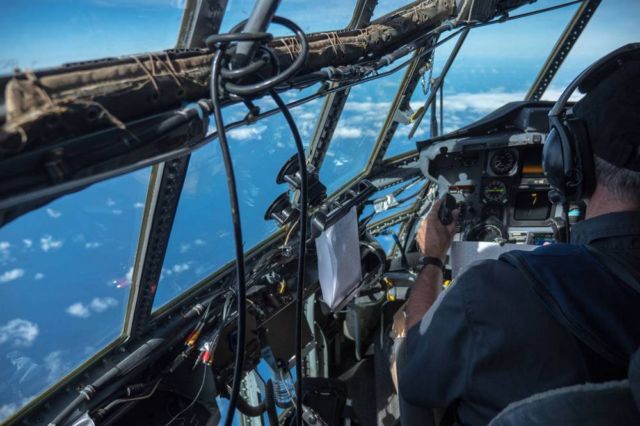
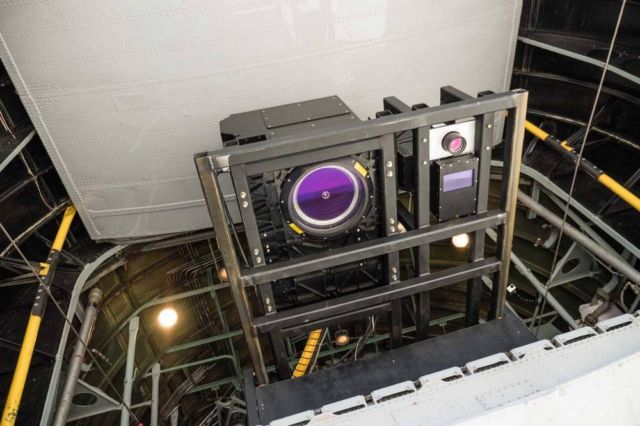
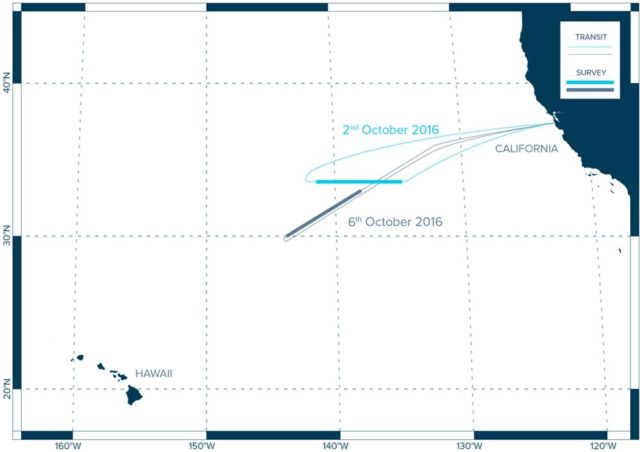

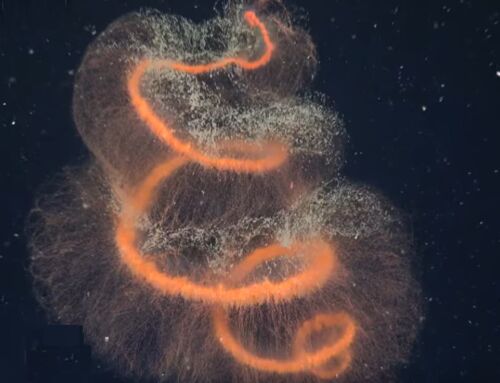
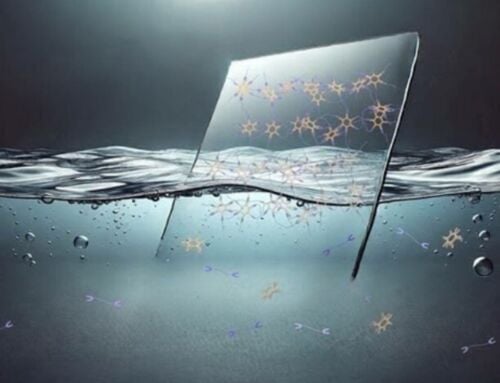
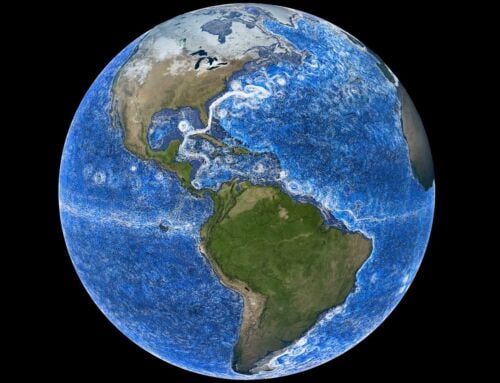
Leave A Comment